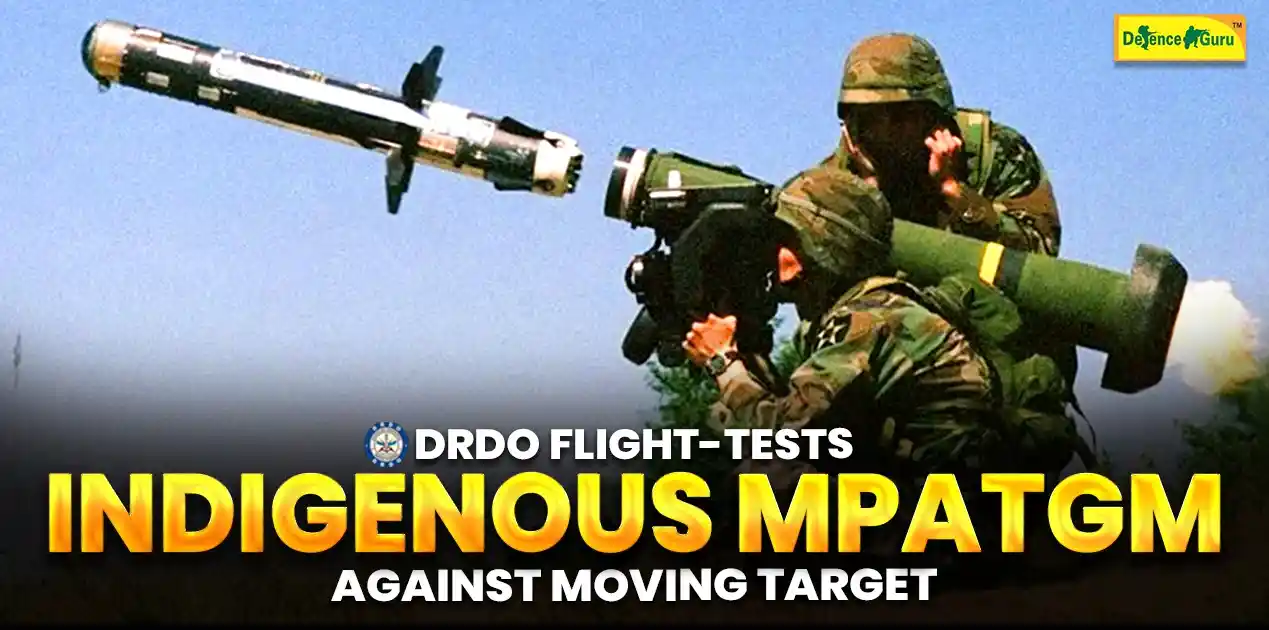The Indian Army on Wednesday formally closed Military Farms Servicewhich administered the 130 military farms all across the country. The flag of the Military Farms Service was lowered for the last time in a solemn ceremony held at Delhi Cantonment.
This Article Covers Details about :
1. What is the history of Military Farms and what was their role in the Indian Army?
2. What did ‘Project Frieswal’ entail?
3. What is the genesis of the decision to close military farms?
4. How were the cattle held by the Military Farms dealt with during closure?
5. What will now happen to the land and staff of the Military Farms?
What is the history of Military Farms and what was their role in the Indian Army?
The first Military Farm was established in 1889 at Allahabad by the British. The basic aim with which these farms were subsequently set up across the length and breadth of the country was to ensure nutritious milk supply to the troops deployed in India. Initially, the military farms were mostly located in the Central, Southern and Western Commands of the Army and subsequently, when Northern and Eastern Commands were raised, new Military Farms were set up in these areas too. Apart from supplying milk and butter, the Military Farms also supplied hay to the Animal Transport units of the Indian Army.
Gradually, the role of Military Farms had expanded from only milk production to artificial insemination of cows too and the first pioneering steps in this regard were taken as early as in 1925. At one point of time the Indian Council for Agricultural Research (ICAR) had found Military Farms to be the largest holders of cattle in the country. In collaboration with the Ministry of Agriculture, the Military Farms undertook ‘Project Frieswal’ one of the largest cross-cattle breeding programmes in the country.
What did ‘Project Frieswal’ entail?
The project was launched by Military Farms in collaboration with the ICAR and the aim was to develop milch cattle by cross-breeding which would suit the tropical climate of countries like India. According to the Indian Army, its aim was “to produce and rear Holstein Friesian cross bread with Sahiwal breed for high milk productivity”. A memorandum of understanding had been signed between the Ministry of Agriculture and the Ministry of Defence in this regard in 1991. ‘The aim of the project was to develop a milch breed yielding 4000 kgs in 300 days lactation with four per cent butterfat”. Semen freezing, planned breeding, progeny testing and gene mapping were some of the other areas in which the research for the project was undertaken.
What is the genesis of the decision to close military farms?
It was in June 2013 that the Quarter Master General’s branch of the Army Headquarters, under which Military Farms fell, issued a direction that the farms will be closed in a phased manner. The proliferation of dairy business in the country had ensured that fresh milk could be procured in every corner of the country and there was no longer any forced dependence on Military Farms. In June 2014, another order was issued by the Deputy Director-General Military Farms that the responsibility of supply of milk and milk products was being shifted from Military Farms to Army Service Corps (ASC). In 2016, a committee under Lt Gen DB Shekatkar (retd) submitted a report on reorganisation of several branches of the Army in which it was recommended that the Military Farms be closed down.
How were the cattle held by the Military Farms dealt with during closure?
The Ministry of Defence has directed the Chief of Army Staff in May 2018 to sell all cattle held by the Military farms to central or state dairy departments or state dairy cooperatives at a nominal amount of Rs 1,000 per head. The market cost of the cross bread Frieswal cows at the time was around Rs 100000 per cattle. However, the nominal price was levied to ensure full transfer of the cattle from Military Farms to other organisations. Around 25,000 cattle were with the Military Farms in 39 farms when the decision was announced.
What will now happen to the land and staff of the Military Farms?
The permanent staff of the Military Farms has been transferred to other departments of the Ministry of Defence and the bulk of them are civilian personnel. For a long time now no permanent recruitment had been done in Military Farms and temporary workers had been employed therein. The government wishes to save nearly Rs 280 crores per year which was spent on the upkeep of the farms, the cattle and for salaries to the staff.
There is nearly 20,000 acres of land which belongs to Military Farms throughout the country and most of it is in prized locations. The utilisation of this land will be decided by the Ministry of Defence but it is very likely that it will be disposed of so as to utilise the proceeds for capital acquisitions by the three services. However, no clear picture has emerged in this regard yet.

















